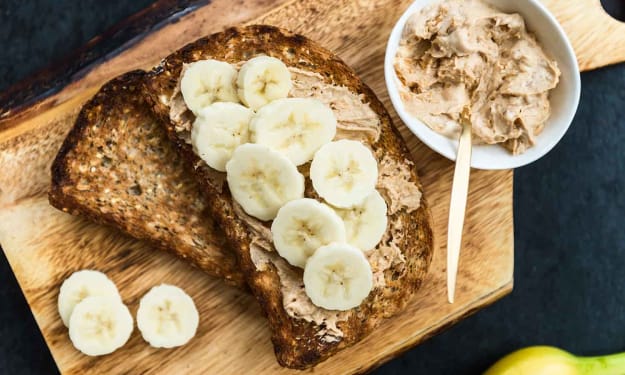Breakfast: It’s What Was for Lunch
The little-known history of a morning meal

We often hear doctors and nutritionists say that breakfast is the most important meal of the day. I’ve heard such reminders as “Eat breakfast like a king, lunch like a prince and dinner like a pauper,” to emphasize the importance of that morning meal. Now, however, there is a growing trend to skip this morning meal. The practice of Intermittent Fasting (IF) has been a major influence in shunning breakfast. One of the easiest forms of IF is what’s called the 16:8 Protocol. When following the 16:8 IF Protocol, one typically eats lunch and dinner within an 8-hour window and then nothing until lunch the next day. Sorry, not sorry, breakfast.
Let’s start out here by acknowledging the migration of the definition of the term “breakfast.” Now, of course, it is synonymous with a morning meal. But this is a relatively new meaning. Technically, it refers to the meal one eats when breaking a fast—breakfast—clever, but also confusing when you start doing IF and fellow practitioners talk about lunch as breakfast. That is, they talk about breaking their fast with their mid-day meal.
Exactly when the term breakfast became to mean a morning meal is hard to pin down. In ancient Rome, for example, they typically ate only one meal a day. That meal was eaten around mid-day. And while technically it was the meal that broke their daily fast, they only had one meal—so it didn’t need to be called something that distinguished it from another one. In Latin, the word for the meal was “collatio,” which means “a bringing together”—in this context, the bringing together of ingredients to eat.
While the tradition of eating only one meal a day faded (only to return as the IF protocol called OMAD (pronounced Oh-mad; One Meal A Day…)), the meal called Colazione (from the Latin Collatio) was typically eaten mid-day. I learned this via a mistake I made while studying Italian. I was enrolled in an immersion program in Bologna, Italy. One day the teacher asked me “Cosa hai mangiato a colazione,”—what did you have for breakfast? I had forgotten that in Italian “colazione” is the morning meal and thought she was asking me what I had for lunch. I responded “Ho mangiato pasta e un bicchiere di vino rosso,” I had pasta and a glass of red wine. She asked if I really had wine in the morning and I laughed at my mistake. But then she told me how colazione was eaten mid-day until the 15th Century, and that it was typically the first meal of the day.
It wasn’t until the 17th Century that a morning meal became standard practice—so, one broke their fast in the morning, and that meal became known as breakfast.
It was the food industry that crowned breakfast “the most important meal of the day.” The Seventh Day Adventist Church heavily promoted a breakfast of grain-based cereals. One of their own, John Harvey Kellogg, developed a product we know today as Kellogg’s Corn Flakes. The Adventists particularly liked the idea of starting the day without meat—like bacon, ham or sausage. Their beef with meat was that they believed eating it led women to be lustful and men to masturbate. In fact, this belief has permeated both medical and nutrition textbooks and school curricula in the form of advocating for plant-based lifestyles—for “health” reasons. Some of the first textbooks dealing with nutrition, and some of the first medical schools in the US, were started by the Seventh Day Adventist Church.
So, there you have it. We seem to have come full circle with respect to when we break our fast. And rather being a new trend, skipping a morning meal is more retro than most people realize.
About the Creator
Steven Anthony
American author now living in Italy. My book, BE LEAN! Revealing the Long-Lost Secrets of Weight Management, is available on Amazon.






Comments
There are no comments for this story
Be the first to respond and start the conversation.